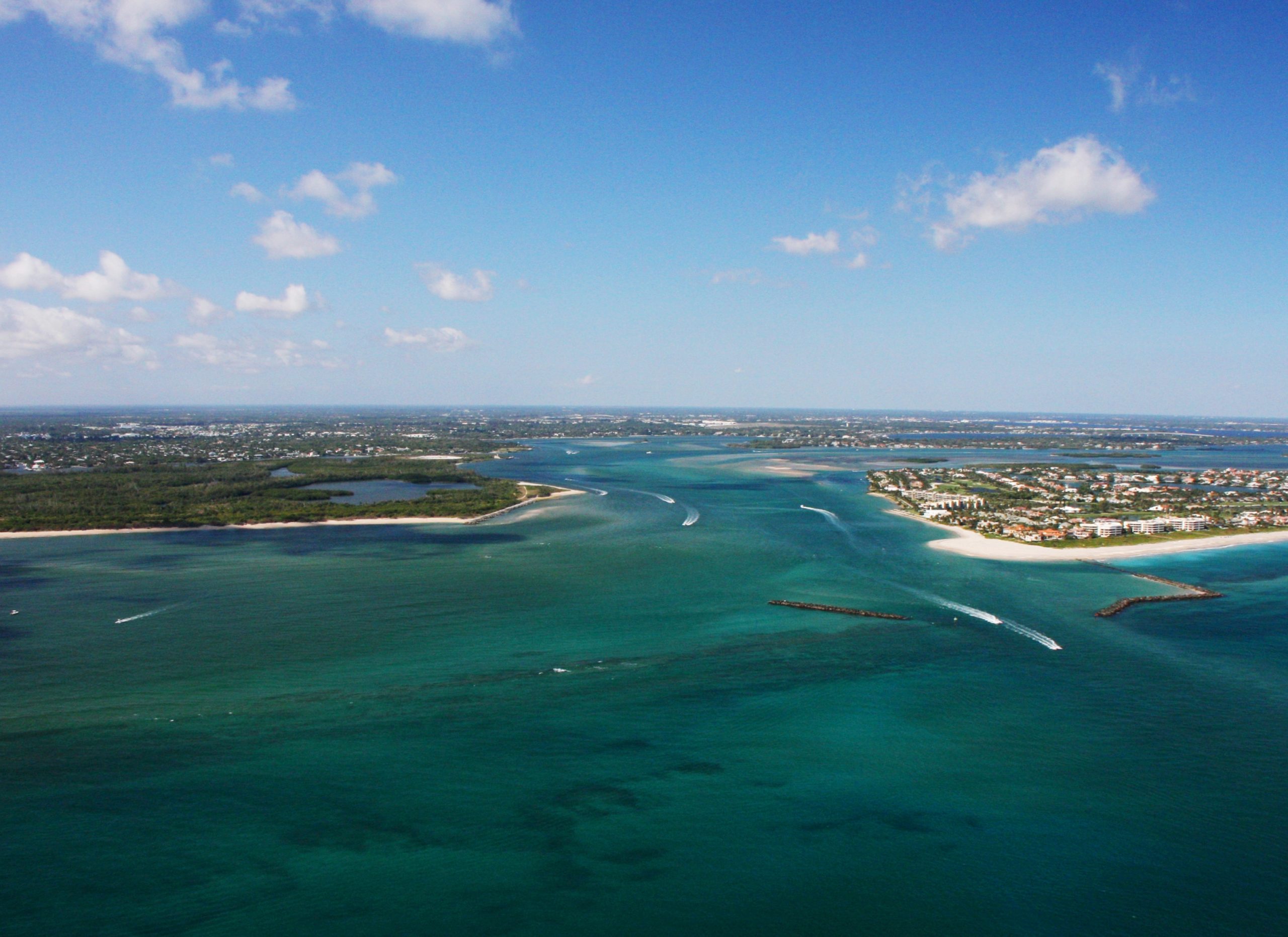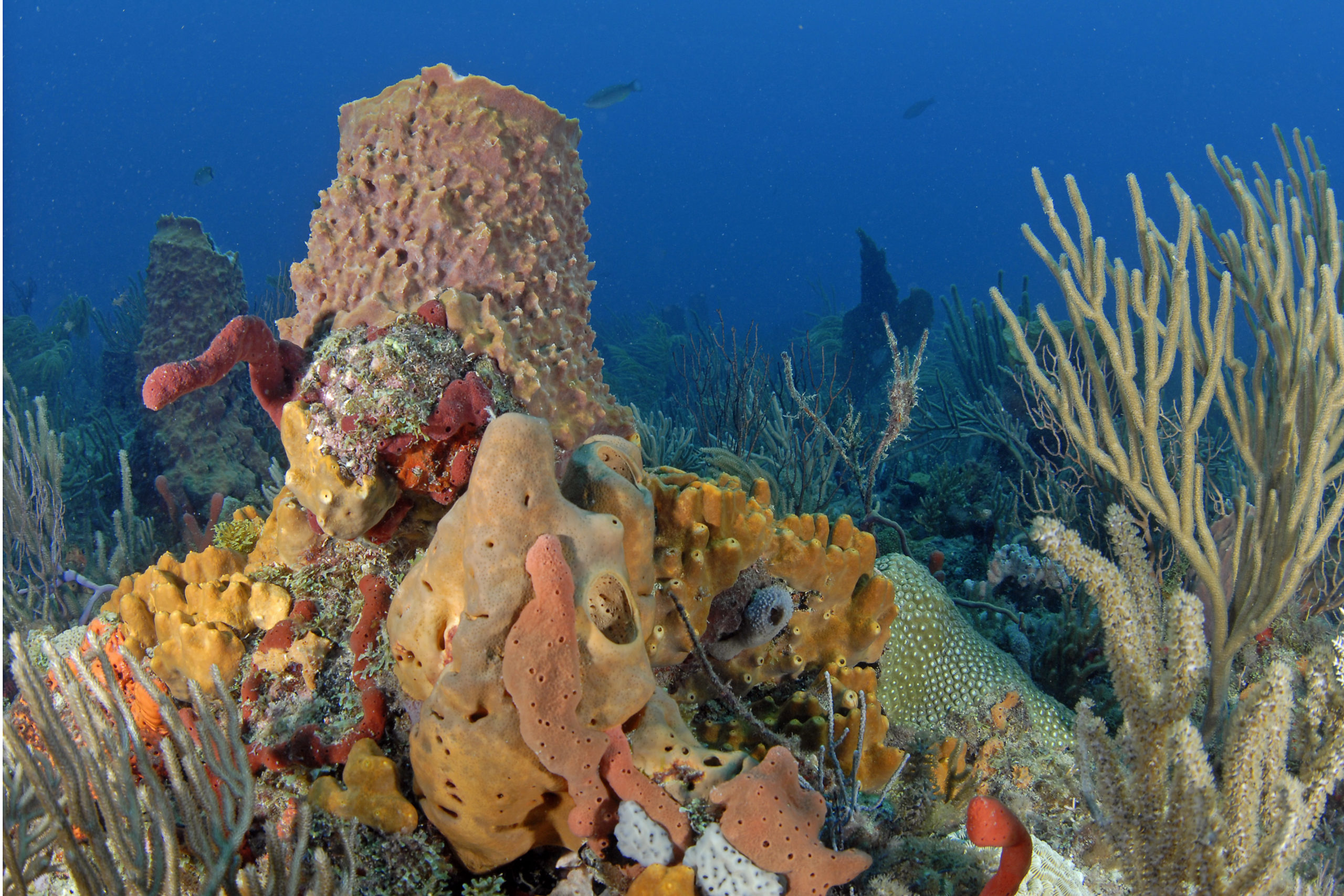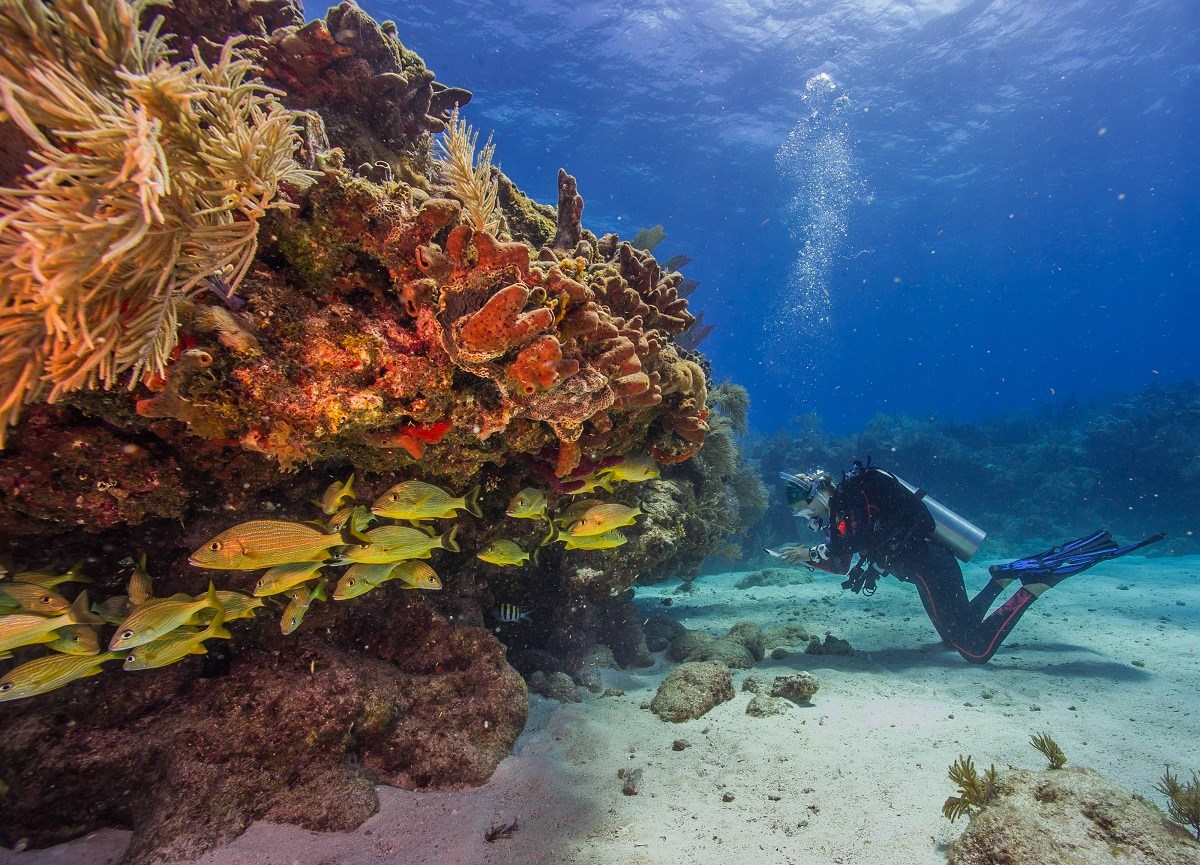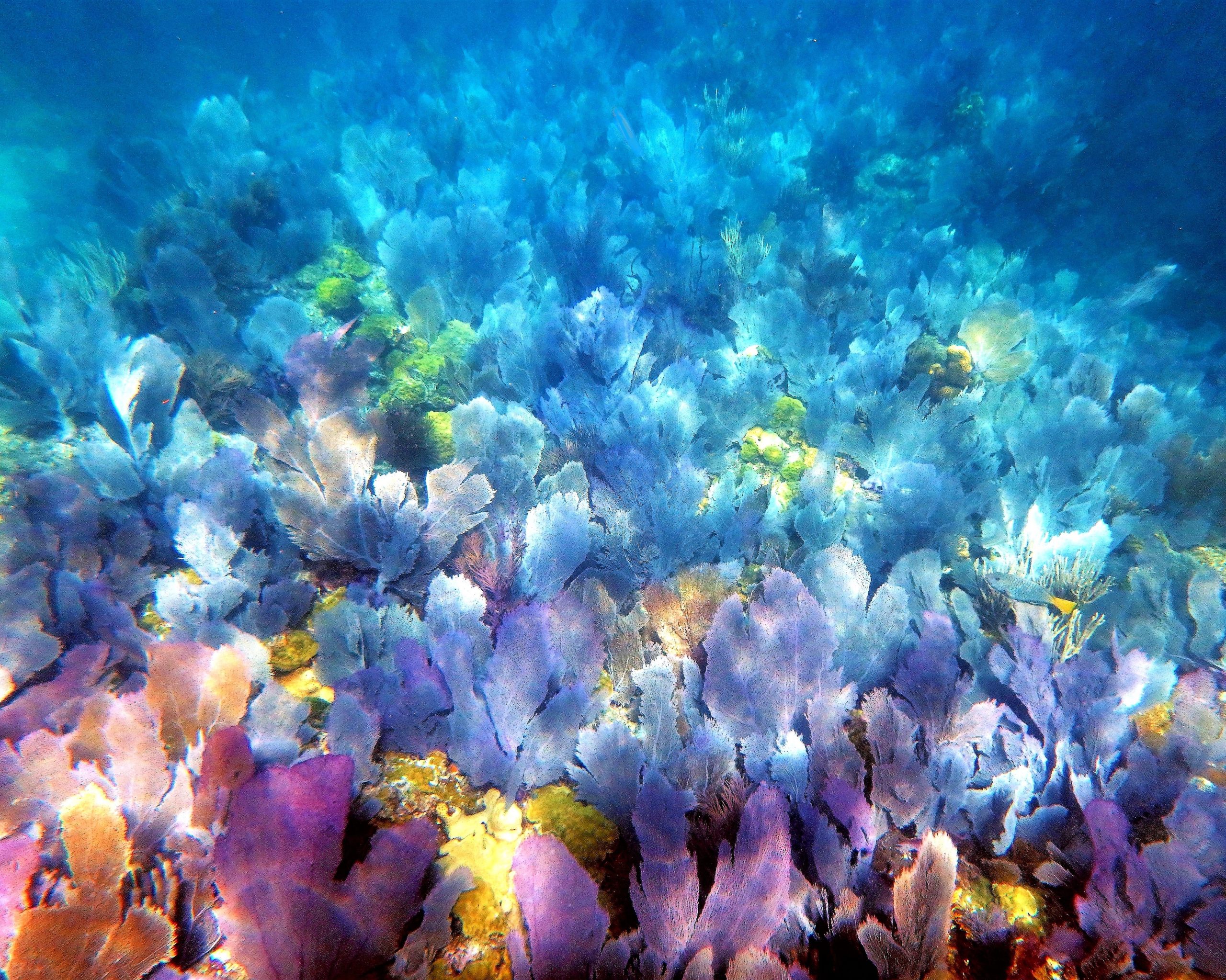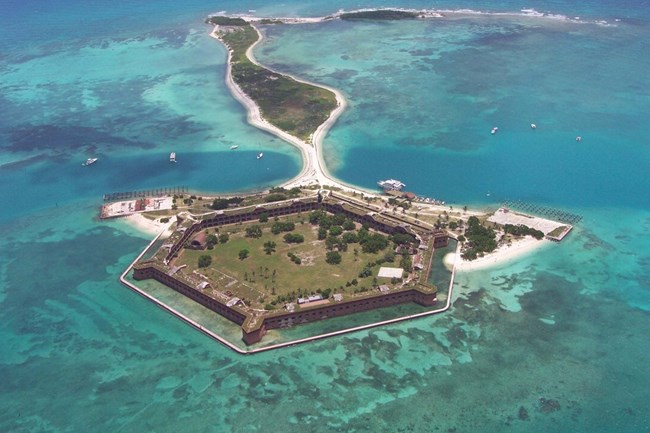News & Updates
Coral Research is a Priority in South Florida National Parks
Written by: National Oceanic and Atmospheric Administration
The National Park Service is working with a network of agencies to protect and restore marine ecosystems in South Florida. Coral research is underway in Biscayne and Dry Tortugas National Parks, both of which were established in part to preserve Florida’s Coral Reef. Combined, these national parks protect over 150,00 acres of potential coral habitat.
Biscayne National Park is located so close to the city of Miami that you can see downtown from several vantage points along the park’s shore. Almost the entire park is only accessible by boat. The park’s proximity to a densely populated urban center makes it a popular and frequently visited site for fishing and snorkeling allowing countless visitors to gain a better understanding of why this place needs to be preserved. However, the large number of park visitors also has put a strain on natural resources, including the corals.
Located 70 miles west of Key West at the end of Florida’s Coral Reef, Dry Tortugas National Park is much more remote than Biscayne National Park. Clear waters with excellent visibility attract snorkelers and scuba divers eager to see over 30 species of coral and other marine animals. Because Dry Tortugas is isolated in the Gulf of Mexico, the coral reefs there are in relatively good condition.

Staff at national parks are studying corals because they are experiencing major declines. There are more frequent coral bleaching events due to environmental changes, including climate change.Corals in highly frequented areas like Biscayne National Park also experience direct damage from boat groundings and anchoring.
Stony Coral Tissue Loss Disease is one of the current research focuses. First detected in corals off Miami’s Virginia Key in 2014, this disease then quickly spread to Biscayne National Park and has impacted many of the corals there. The disease is likely caused by a pathogen that has infected and killed almost half of the hard-coral species found on Florida’s Coral Reef.
The National Park Service is using multiple approaches to mitigate coral loss and disease.
Staff at Biscayne National Park are proposing a “Corals of Opportunity” project where divers would look for corals that are already broken, often as a result of crab traps or boats, and then rescue them. Those corals could then be re-attached to the reef either using concrete or cable ties. Park staff are also starting a trial of coral assisted reproduction, where coral egg and sperm are collected in the water and fertilization is facilitated in the lab. The resulting larvae are reared in the lab and then restored to the reef to grow into new coral.
At Dry Tortugas National Park, the focus is on maintaining healthy coral habitat. National Park Service staff are working with The Nature Conservancy to create an underwater nursery of young staghorn corals in the park. Scientists trim 4-inch pieces from healthy staghorn corals and attach the pieces to hard substrates, such as PVC pipe, often shaped like trees. The end result looks like a coral Charlie Brown Christmas tree. The nursery serves as an available bank of genetically diverse staghorn coral if ever needed.
Thankfully, there are still lots of healthy coral in the Dry Tortugas. Park staff are involved in coral surveillance efforts to track the disease front along Florida’s Coral Reef. They also collect and rescue samples of corals that could be negatively impacted if the disease reaches Dry Tortugas. The corals are being cared for in accredited land-based aquaria across the nation for restoration purposes.
Healthy coral may be at an aquarium near you! Check out a list of sites that care for rescued coral in the fight against stony coral tissue loss disease.
Want to hear more about coral efforts in your national parks? Stay tuned! We’ll continue to provide updates as projects progress.
